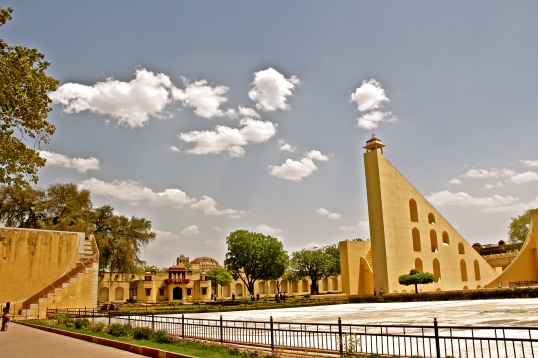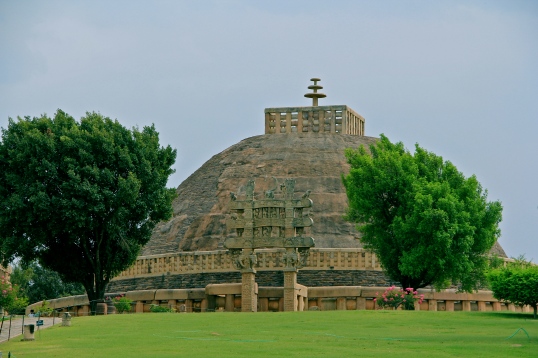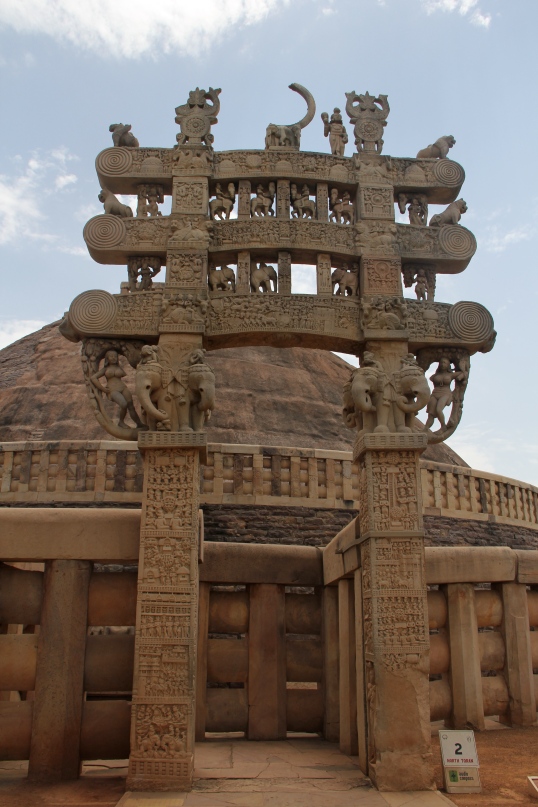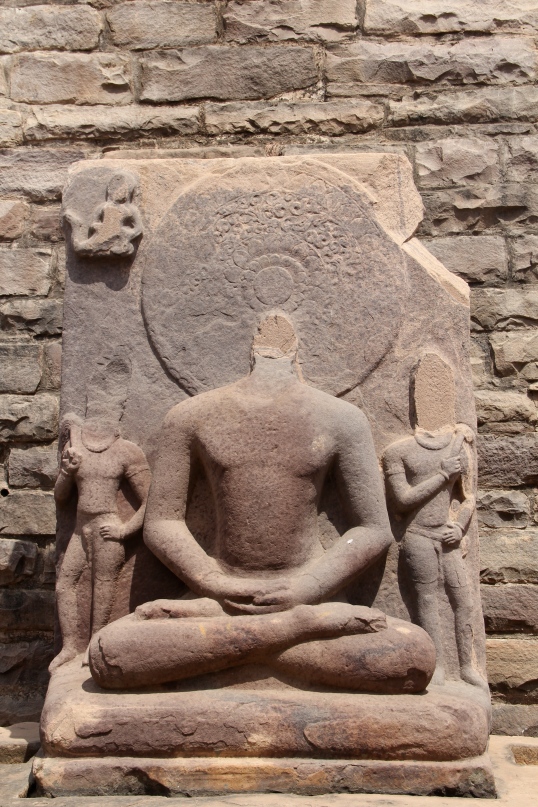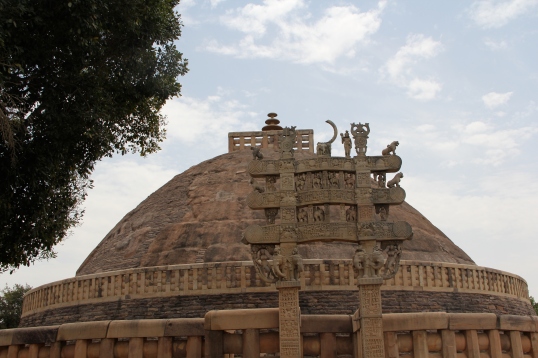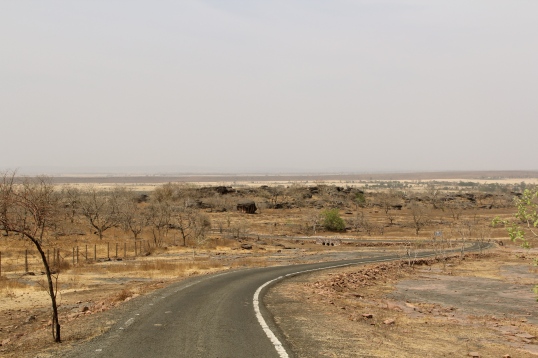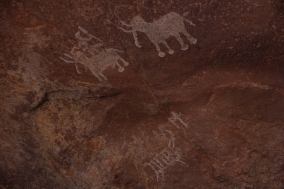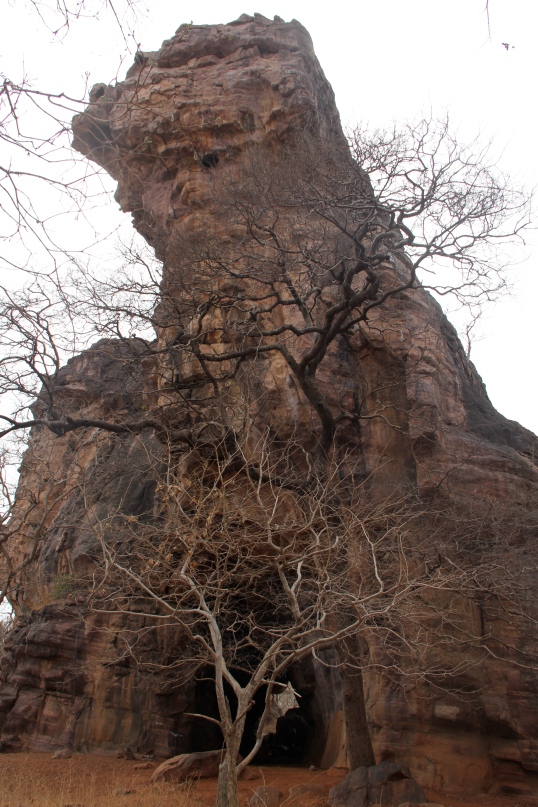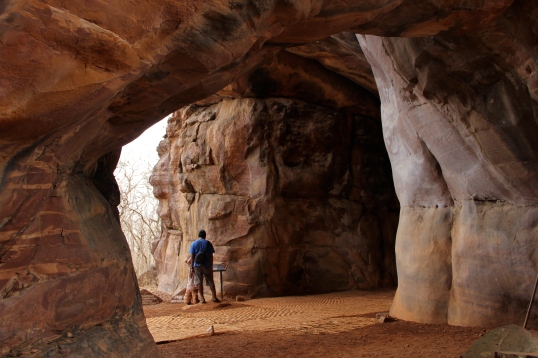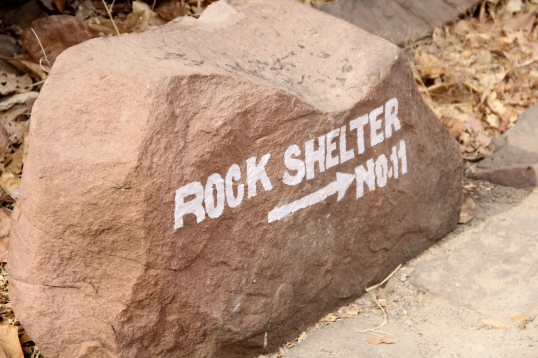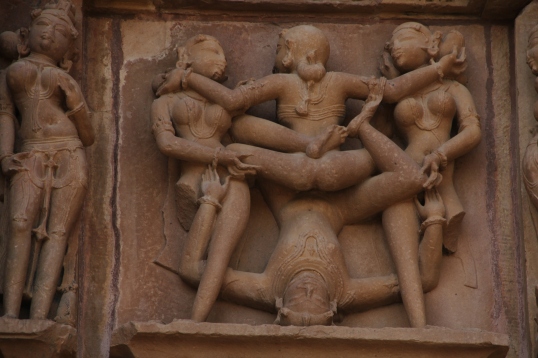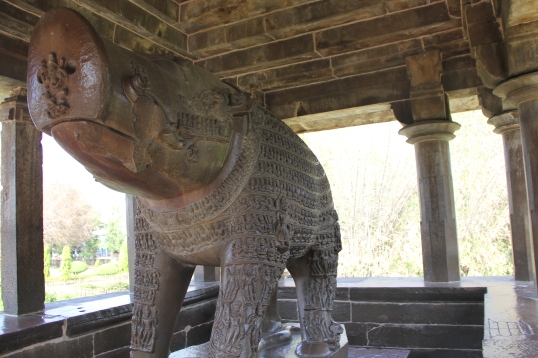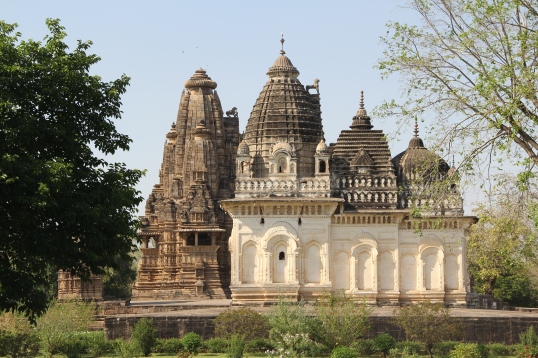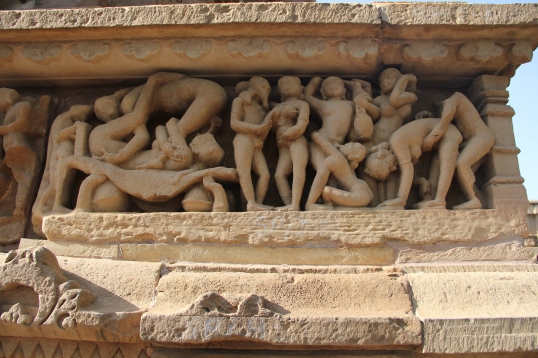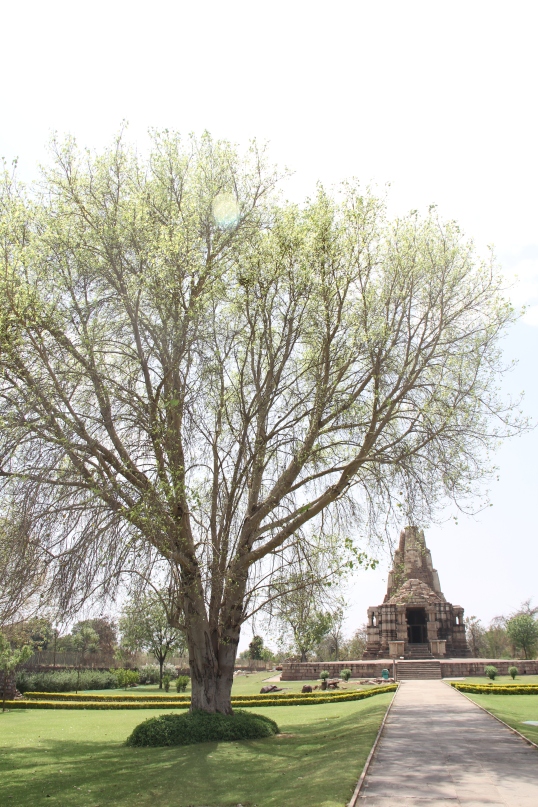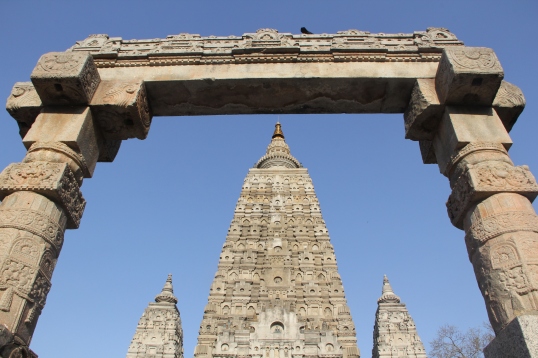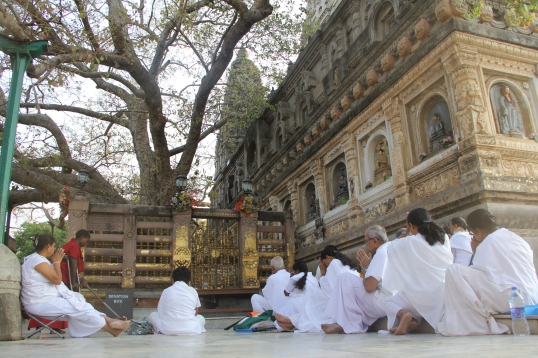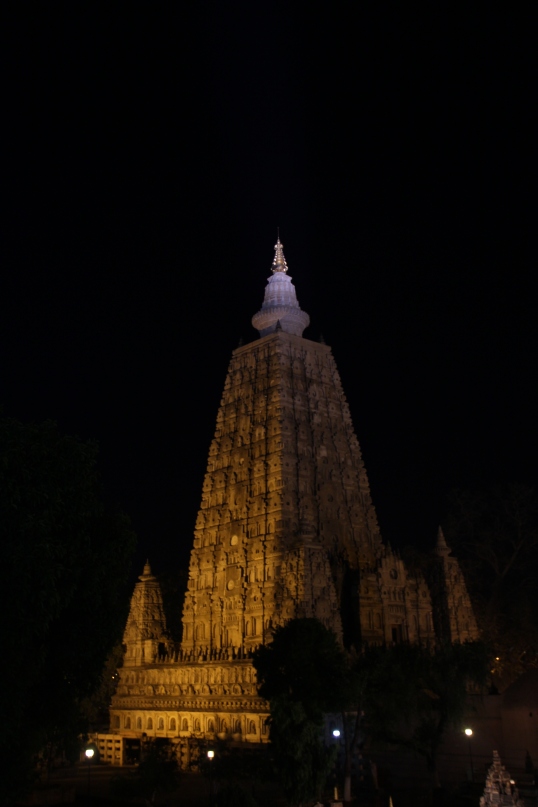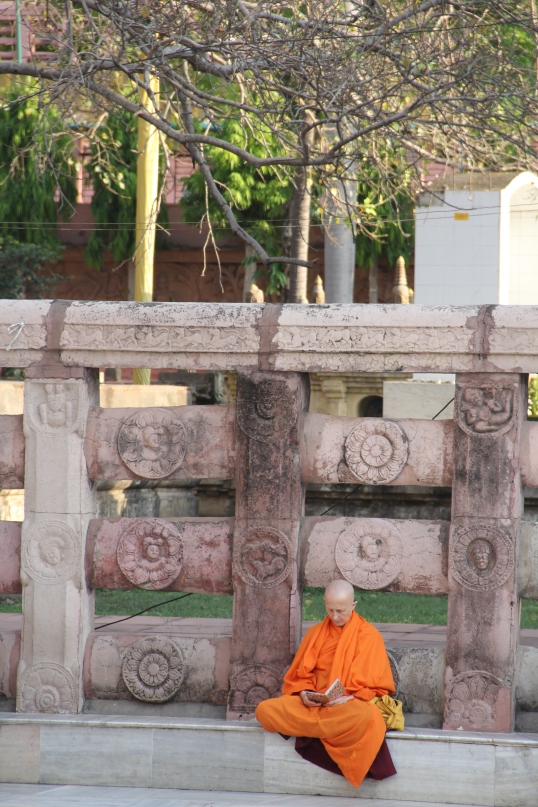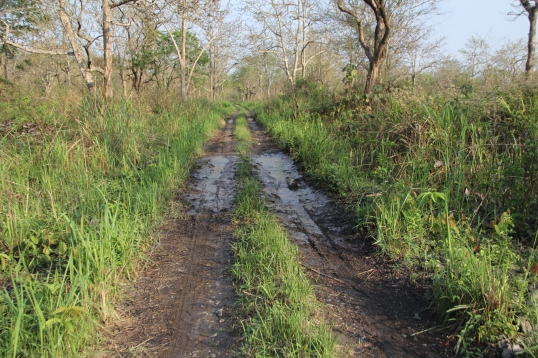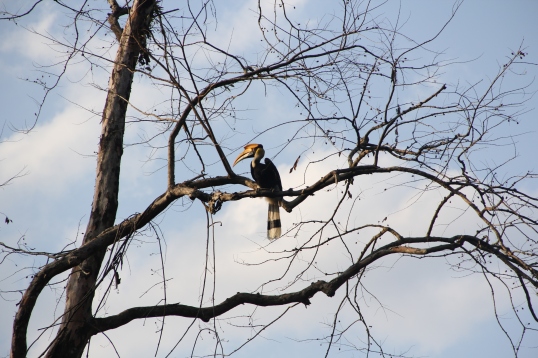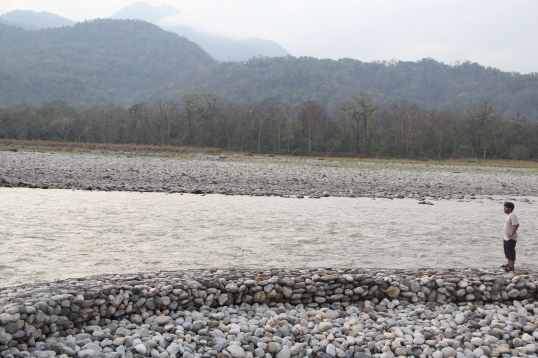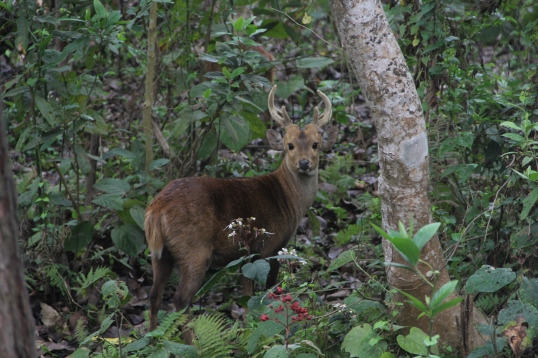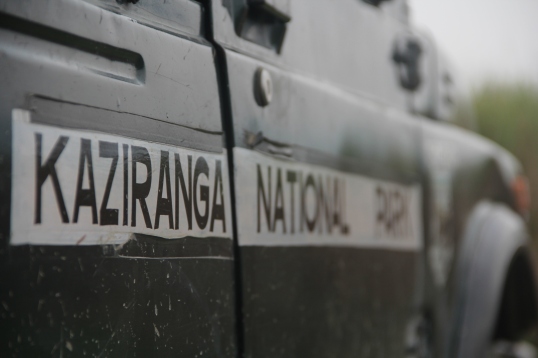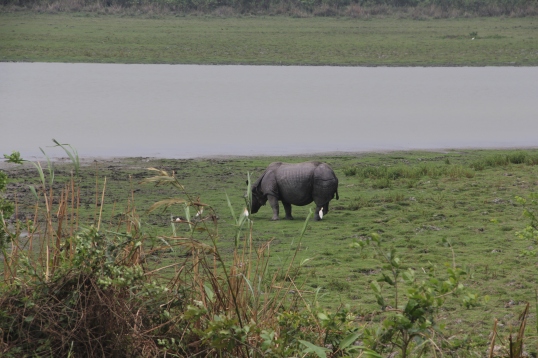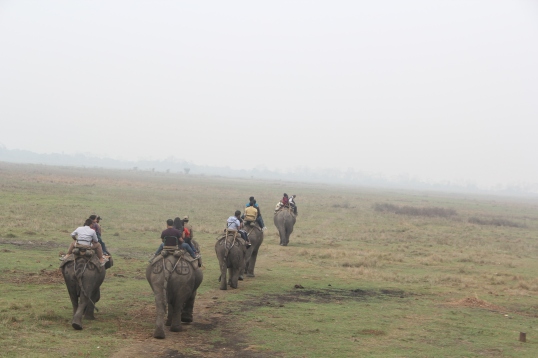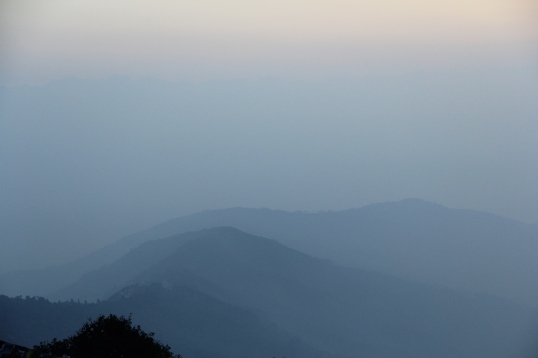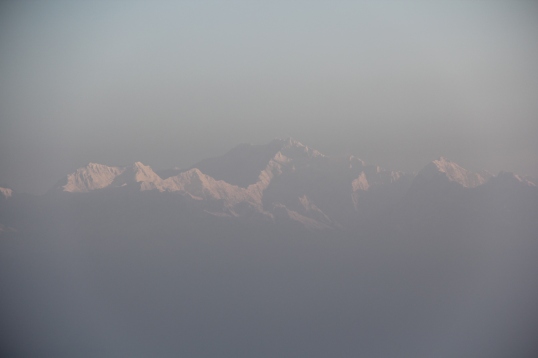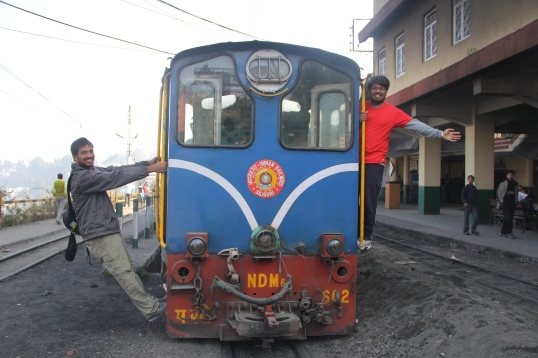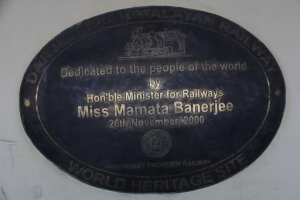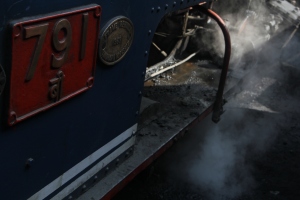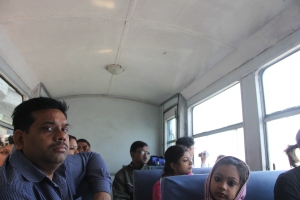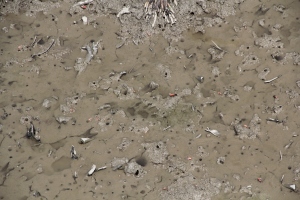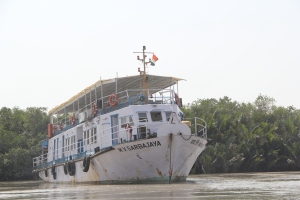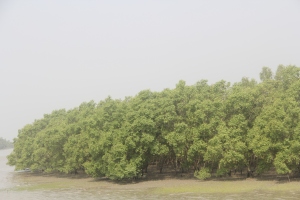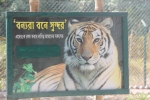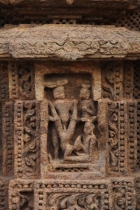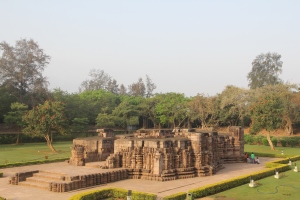Jantar Mantar-unraveling the mysteries of the universe.
 From the Land of Begums-Bhopal, we arrived at the Land of palaces Jaipur. We we clearly looking forward to visiting Jaipur after hearing a lot about this wonderful city-its palaces, people, food, culture and it surely lived up to its billing!It was one place, where we immediately got out to explore the city after checking in. Wasting time not unraveling what this city had to offer, seemed like an offense of the highest order.
From the Land of Begums-Bhopal, we arrived at the Land of palaces Jaipur. We we clearly looking forward to visiting Jaipur after hearing a lot about this wonderful city-its palaces, people, food, culture and it surely lived up to its billing!It was one place, where we immediately got out to explore the city after checking in. Wasting time not unraveling what this city had to offer, seemed like an offense of the highest order.
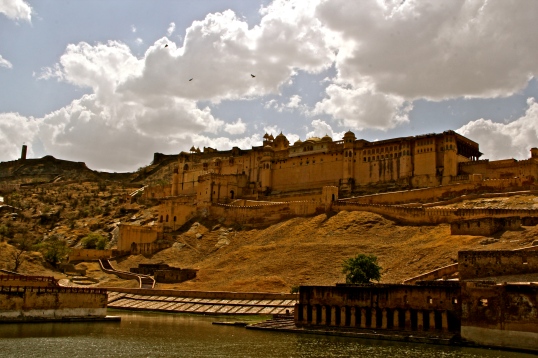 After visiting the customary sites in Jaipur, we decided to head out to the Jantar Mantar,the only World Heritage Site in the city. It is centrally located adjacent to the entrance to the City Palace, and is walking distance from the Hawa Mahal. The Jantar Mantar is a collection of architectural astronomical instruments, built by Maharaja Jai Singh II between 1727 and 1734. It is modeled after the one he built in Delhi. He had constructed a total of five such facilities at different locations, with the Jaipur observatory being the largest and best preserved of these. Jantar comes from the word Yantra, which means an instrument. Mantar means formulae or calculations.
After visiting the customary sites in Jaipur, we decided to head out to the Jantar Mantar,the only World Heritage Site in the city. It is centrally located adjacent to the entrance to the City Palace, and is walking distance from the Hawa Mahal. The Jantar Mantar is a collection of architectural astronomical instruments, built by Maharaja Jai Singh II between 1727 and 1734. It is modeled after the one he built in Delhi. He had constructed a total of five such facilities at different locations, with the Jaipur observatory being the largest and best preserved of these. Jantar comes from the word Yantra, which means an instrument. Mantar means formulae or calculations.
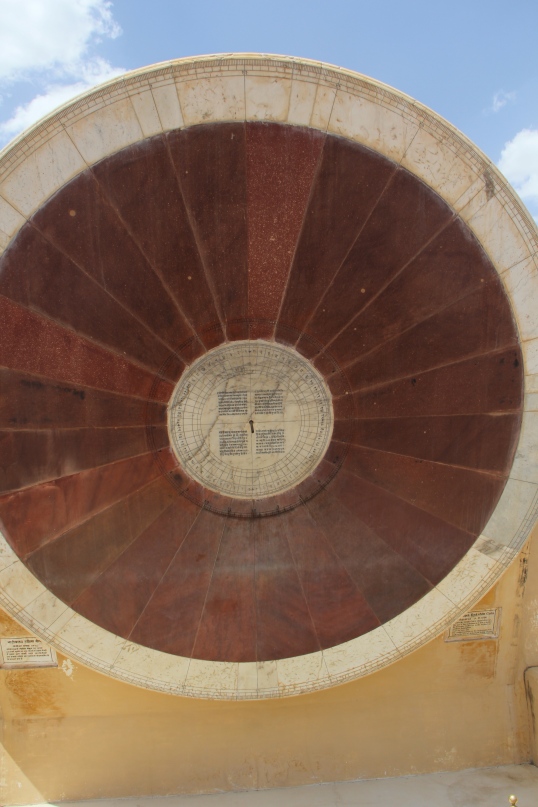 We were not really sure what to expect from a trip to an astronomy observatory. With neither of us having any considerable knowledge in the field, we knew we would have to avail the services of a guide to help us appreciate the various instruments and the purpose for which they were created.Unfortunately the guide spoke in such a weird accent that half the time we spent in deciphering what he spoke rather than appreciating what the instruments were made for. In a nutshell, the observatory has fourteen statistical instruments for measuring time, predicting eclipses and to ascertain other astronomical events. The most popular amongst these is the Sundial (Samrat Yantra), the largest of its kind in the world. It can measure time to an accuracy of two seconds, which is quite remarkable for something that does not work on machines! The structure itself looks like something from outer space, with numerous small steps leading upto a small observatory. Another peculiar structure was the Rashivalya Yantra, which is a collection of twelve zodiac sign instruments, one for each sign of the zodiac. Though we still don’t know what it measures, we were excited to note that each of the zodiacs had their own structure and every tourist out there was proudly posing next to the structure representing their zodiac. There were many more of such interesting and peculiar instruments to identify eclipses, equinox, altitude of celestial objects etc. Unfortunately as mentioned earlier, our limited knowledge of the field and the untraceable accent of our guide, made sure that we left with more questions than answers after seeing these amazing instruments.
We were not really sure what to expect from a trip to an astronomy observatory. With neither of us having any considerable knowledge in the field, we knew we would have to avail the services of a guide to help us appreciate the various instruments and the purpose for which they were created.Unfortunately the guide spoke in such a weird accent that half the time we spent in deciphering what he spoke rather than appreciating what the instruments were made for. In a nutshell, the observatory has fourteen statistical instruments for measuring time, predicting eclipses and to ascertain other astronomical events. The most popular amongst these is the Sundial (Samrat Yantra), the largest of its kind in the world. It can measure time to an accuracy of two seconds, which is quite remarkable for something that does not work on machines! The structure itself looks like something from outer space, with numerous small steps leading upto a small observatory. Another peculiar structure was the Rashivalya Yantra, which is a collection of twelve zodiac sign instruments, one for each sign of the zodiac. Though we still don’t know what it measures, we were excited to note that each of the zodiacs had their own structure and every tourist out there was proudly posing next to the structure representing their zodiac. There were many more of such interesting and peculiar instruments to identify eclipses, equinox, altitude of celestial objects etc. Unfortunately as mentioned earlier, our limited knowledge of the field and the untraceable accent of our guide, made sure that we left with more questions than answers after seeing these amazing instruments.
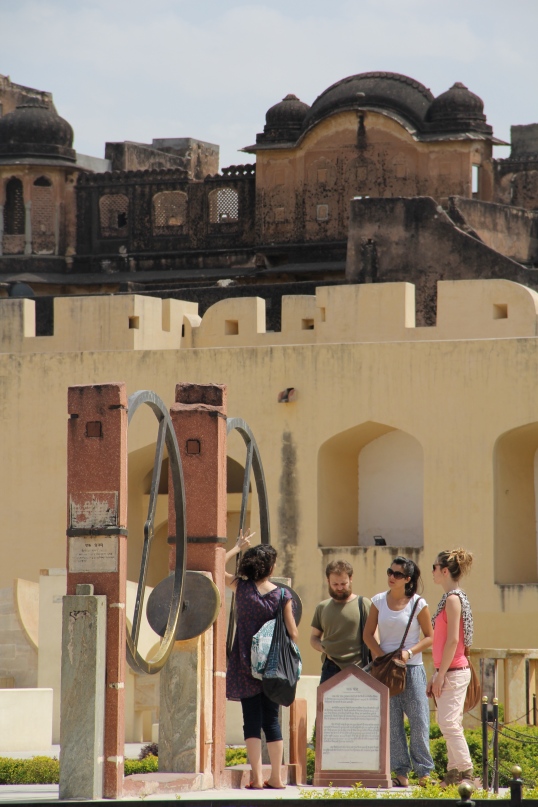 But there is one thing, which any layman can appreciate here. That is the zeal and interest the erstwhile founder had for the subject of astronomy. To build these structures,materials for which were sources from all over the modern world, one must have been really passionate to understand the working of the universe. The King clearly had a scientific vision which very few in that era possessed.
But there is one thing, which any layman can appreciate here. That is the zeal and interest the erstwhile founder had for the subject of astronomy. To build these structures,materials for which were sources from all over the modern world, one must have been really passionate to understand the working of the universe. The King clearly had a scientific vision which very few in that era possessed. 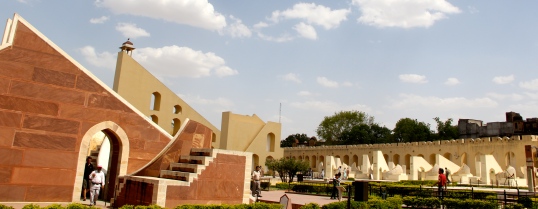 To understand the workings of these celestial objects, that are light years away, through non-mechanised customized instruments is no mean feat in itself. Another interesting aspect of these instruments were in the field of Vedic astrology. Even to this day, world-renowned astrologers visit this complex to use of the various instruments to understand the positions of Zodiacs and their relative influence on the happenings in the life of man. Many even consider the observatory as the single most representative work of Vedic thought that still survives, apart from the texts. So if you have an interest in figuring out what lies ahead in life or if calculating distances of celestial objects is your cup of tea then do head out to the Jantar Mantar. If nothing, you can atleast try deciphering an alien accent!
To understand the workings of these celestial objects, that are light years away, through non-mechanised customized instruments is no mean feat in itself. Another interesting aspect of these instruments were in the field of Vedic astrology. Even to this day, world-renowned astrologers visit this complex to use of the various instruments to understand the positions of Zodiacs and their relative influence on the happenings in the life of man. Many even consider the observatory as the single most representative work of Vedic thought that still survives, apart from the texts. So if you have an interest in figuring out what lies ahead in life or if calculating distances of celestial objects is your cup of tea then do head out to the Jantar Mantar. If nothing, you can atleast try deciphering an alien accent!